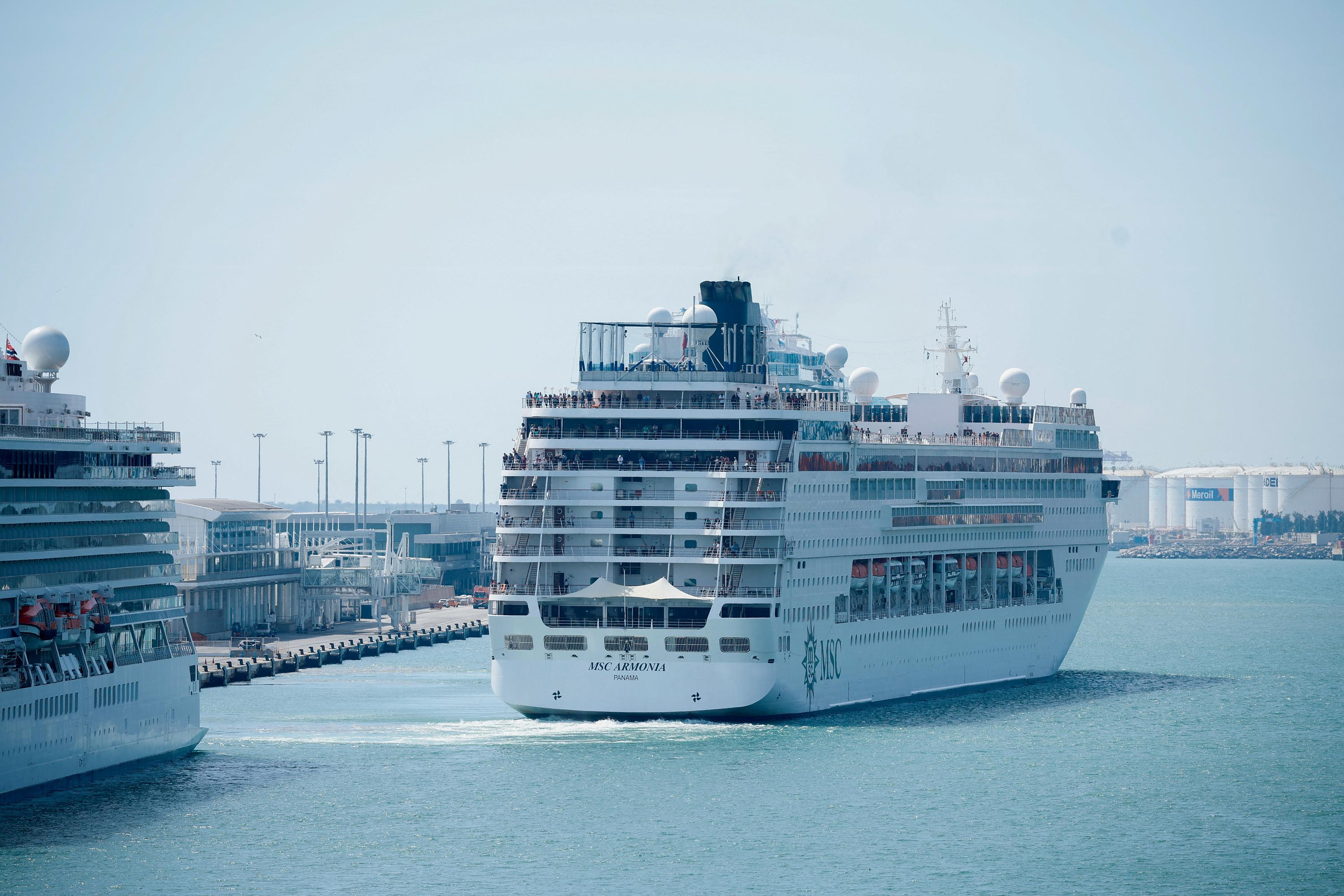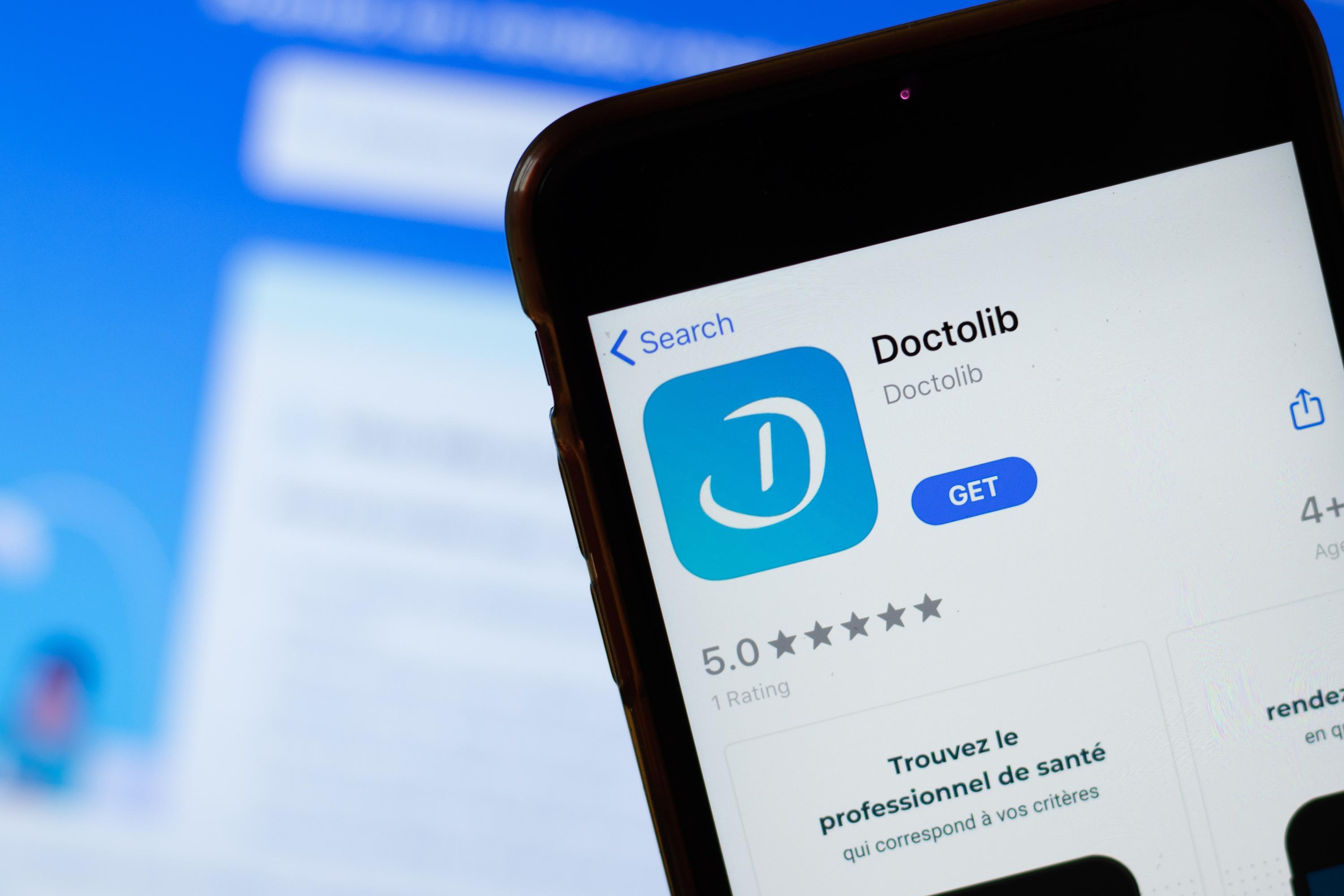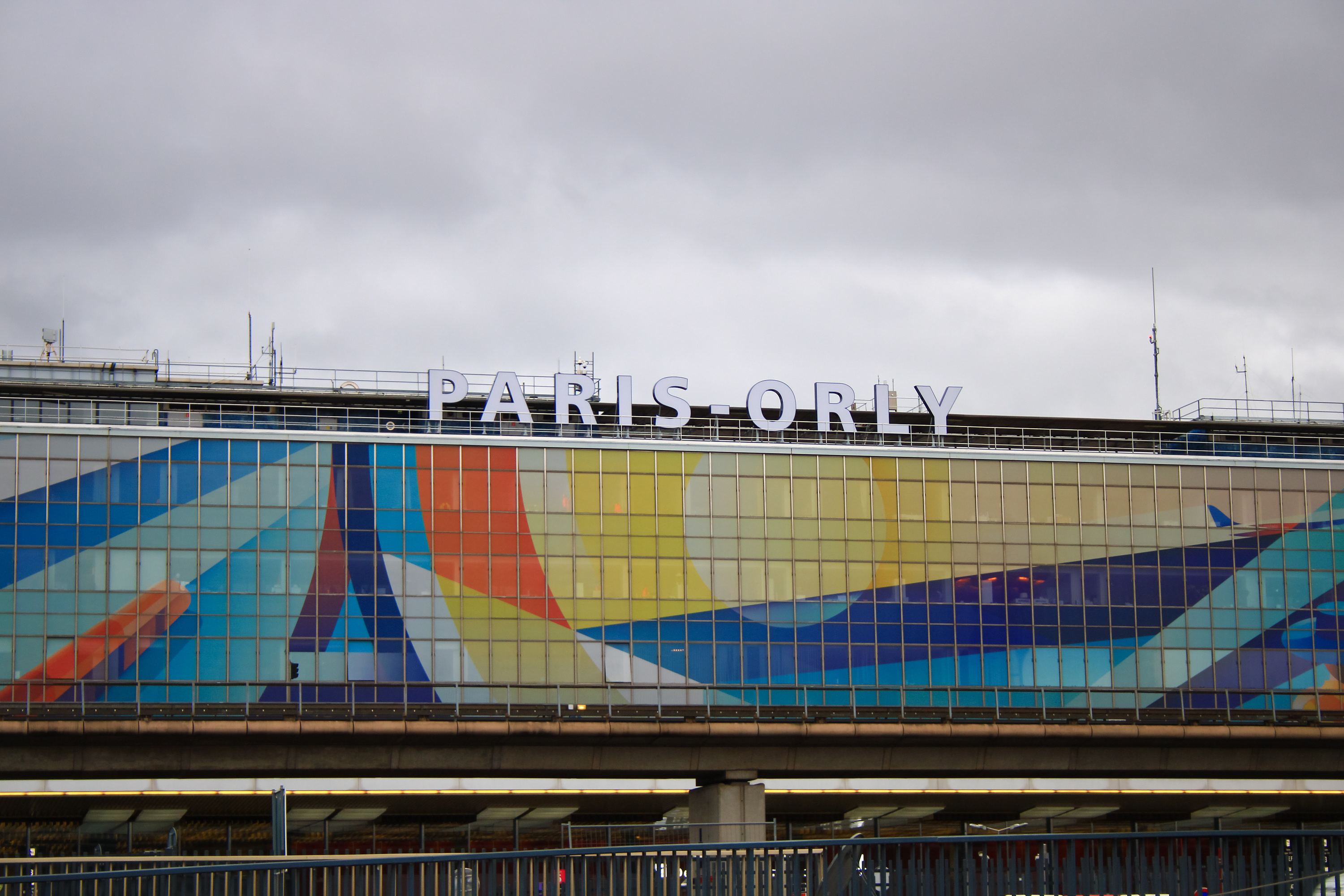Museums, memorials, memorials: This year, the East German states and Berlin will once again receive money from the assets of the former GDR parties and mass organizations. According to a survey by the German Press Agency, Saxony will receive around 44 million euros this year and Saxony-Anhalt around 26 million. Money will also be allocated to Berlin and Brandenburg, which should be used up by 2025.
The use of the funds is regulated by an administrative agreement between the Federal Agency for Unification-Related Special Tasks (BvS) and the East German states and Berlin. The money should therefore benefit charitable, but also economic, social and cultural purposes as well as "investment-promoting measures". According to the ministry, it should be spread as widely as possible. According to the information, about 60 percent of the money is put into economic projects and about 40 percent into social and cultural projects of the public sector.
This year around 44 million euros from the assets of the former parties and mass organizations of the GDR will flow into a good 100 projects in Saxony. As the Ministry of Finance reported in a survey by the German Press Agency, the state has received a total of around 175 million euros from the so-called SED assets in six tranches since 2008. The money must be used up by 2025.
In the town of Wehlen in Saxon Switzerland, for example, the more than 750-year-old castle complex is to receive a seven-metre high tower made of Saxon sandstone. There are 364,000 euros from the SED assets for this. But because no one knows what the historic tower once looked like, according to Mayor Thomas Mathe, there are now three designs on the table that need to be decided. Only then can construction begin.
In Chemnitz, among other things, the museum for Saxon vehicles is to receive 450,000 euros. The renovation of the 1968 built Klapperbrunnen in the city center is to be supported with 200,000 euros. The book bus will receive 300,000 euros and the Küchwaldpark will receive 126,000 euros for a modern reception pavilion. The Chemnitz zoo will receive 250,000 euros, the expansion of the former Kaßberg prison into a place of learning and commemoration will be funded with 350,000 euros. The projects have already started, said city spokesman Matthias Nowak. However, the pavilion is still in the planning phase. According to a city spokeswoman, the Star of David is to be reinstalled on the roof of the renovated synagogue in Görlitz in the autumn. There are 100,000 euros from the SED assets for this.
Brandenburg also invests the allocated assets in public projects. As reported by the Brandenburg Ministry of Finance at the request of the German Press Agency, in the years 2008 to 2018 alone with a term until the end of this year, more than 66.4 million euros in funds from the former GDR parties were paid out, and around 330,000 euros more are due accrued interest and repayments added.
About 60 percent of these funds will be used for investments in economic restructuring, the Ministry of Finance said in July last year in response to a small inquiry. The rest goes into social and cultural projects.
As can be seen from an overview by the Ministry of Finance, almost four million euros from the 2018 tranche went to the “Großes Waisenhaus zu Potsdam” foundation for securing and maintaining their real estate. Compensatory and replacement measures in the course of the Tesla settlement in Grünheide were also funded from the assets of the GDR parties with over eight million euros.
Saxony-Anhalt has also benefited from the assets since 2008. As the Ministry of Finance announced, the state received a total of around 104.4 million euros from the so-called SED assets during this period.
Most recently, the state received an allocation of around 26.8 million euros last year. Of this, around 16 million euros are to be spent on expanding broadband coverage in rural areas. Cultural institutions could also benefit. For example, refurbishment measures in the Salzland Museum in Schönebeck, on the arcaded houses in Dessau-Törten, on the cathedral square in Naumburg, on the Havelberg Cathedral and on the Hamersleben collegiate church are to be supported. A total of around 5.4 million euros are available for this.
33 years after the fall of the Berlin Wall, it was possibly the last time that so many projects received money from the SED assets. It is uncertain whether there will be further funds, the ministry said. No further major inflows from the former SED assets are to be expected. However, the Federal Agency for Unification-Related Special Tasks has made provisions of 80 million euros “because of latent risks”, for example possible legal proceedings. "Should the risks no longer exist, these provisions will be dissolved and paid out to the federal states." There is no concrete timetable for this yet.

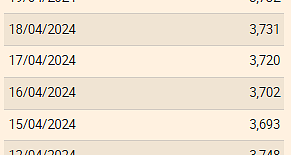 The Euribor today remains at 3.734%
The Euribor today remains at 3.734% Germany: the trial of an AfD leader, accused of chanting a Nazi slogan, resumes this Tuesday
Germany: the trial of an AfD leader, accused of chanting a Nazi slogan, resumes this Tuesday New York: at Columbia University, the anti-Semitic drift of pro-Palestinian demonstrations
New York: at Columbia University, the anti-Semitic drift of pro-Palestinian demonstrations What is Akila, the mission in which the Charles de Gaulle is participating under NATO command?
What is Akila, the mission in which the Charles de Gaulle is participating under NATO command? What High Blood Pressure Does to Your Body (And Why It Should Be Treated)
What High Blood Pressure Does to Your Body (And Why It Should Be Treated) Vaccination in France has progressed in 2023, rejoices Public Health France
Vaccination in France has progressed in 2023, rejoices Public Health France Food additives suspected of promoting cardiovascular diseases
Food additives suspected of promoting cardiovascular diseases “Even morphine doesn’t work”: Léane, 17, victim of the adverse effects of an antibiotic
“Even morphine doesn’t work”: Léane, 17, victim of the adverse effects of an antibiotic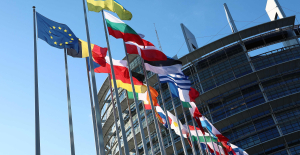 MEPs validate reform of EU budgetary rules
MEPs validate reform of EU budgetary rules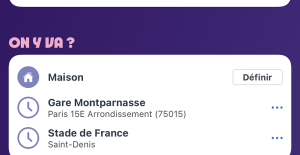 “Public Transport Paris 2024”, the application for Olympic Games spectators, is available
“Public Transport Paris 2024”, the application for Olympic Games spectators, is available Spotify goes green in the first quarter and sees its number of paying subscribers increase
Spotify goes green in the first quarter and sees its number of paying subscribers increase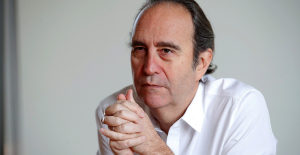 Xavier Niel finalizes the sale of his shares in the Le Monde group to an independent fund
Xavier Niel finalizes the sale of his shares in the Le Monde group to an independent fund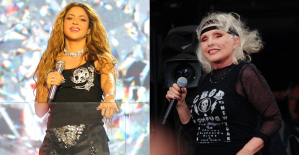 Owner of Blondie and Shakira catalogs in favor of $1.5 billion offer
Owner of Blondie and Shakira catalogs in favor of $1.5 billion offer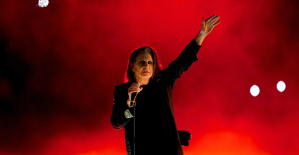 Cher et Ozzy Osbourne rejoignent le Rock and Roll Hall of Fame
Cher et Ozzy Osbourne rejoignent le Rock and Roll Hall of Fame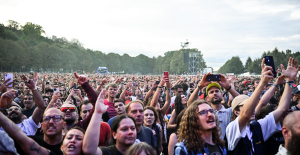 Three months before the Olympic Games, festivals and concert halls fear paying the price
Three months before the Olympic Games, festivals and concert halls fear paying the price With Brigitte Macron, Aya Nakamura sows new clues about her participation in the Olympics
With Brigitte Macron, Aya Nakamura sows new clues about her participation in the Olympics Skoda Kodiaq 2024: a 'beast' plug-in hybrid SUV
Skoda Kodiaq 2024: a 'beast' plug-in hybrid SUV Tesla launches a new Model Y with 600 km of autonomy at a "more accessible price"
Tesla launches a new Model Y with 600 km of autonomy at a "more accessible price" The 10 best-selling cars in March 2024 in Spain: sales fall due to Easter
The 10 best-selling cars in March 2024 in Spain: sales fall due to Easter A private jet company buys more than 100 flying cars
A private jet company buys more than 100 flying cars This is how housing prices have changed in Spain in the last decade
This is how housing prices have changed in Spain in the last decade The home mortgage firm drops 10% in January and interest soars to 3.46%
The home mortgage firm drops 10% in January and interest soars to 3.46% The jewel of the Rocío de Nagüeles urbanization: a dream villa in Marbella
The jewel of the Rocío de Nagüeles urbanization: a dream villa in Marbella Rental prices grow by 7.3% in February: where does it go up and where does it go down?
Rental prices grow by 7.3% in February: where does it go up and where does it go down? Europeans: “All those who claim that we don’t need Europe are liars”, criticizes Bayrou
Europeans: “All those who claim that we don’t need Europe are liars”, criticizes Bayrou With the promise of a “real burst of authority”, Gabriel Attal provokes the ire of the opposition
With the promise of a “real burst of authority”, Gabriel Attal provokes the ire of the opposition Europeans: the schedule of debates to follow between now and June 9
Europeans: the schedule of debates to follow between now and June 9 Europeans: “In France, there is a left and there is a right,” assures Bellamy
Europeans: “In France, there is a left and there is a right,” assures Bellamy These French cities that will boycott the World Cup in Qatar
These French cities that will boycott the World Cup in Qatar Serie A: Bologna surprises AS Rome in the race for the C1
Serie A: Bologna surprises AS Rome in the race for the C1 Serie A: Marcus Thuram king of Italy, end of the debate for the position of number 9 with the Blues?
Serie A: Marcus Thuram king of Italy, end of the debate for the position of number 9 with the Blues? Milan AC-Inter Milan: Thuram and Pavard impeccable, Hernandez helpless… The tops and flops of the derby
Milan AC-Inter Milan: Thuram and Pavard impeccable, Hernandez helpless… The tops and flops of the derby Ligue 2: Auxerre leader, Bordeaux in crisis, play-offs... 5 questions about an exciting end of the season
Ligue 2: Auxerre leader, Bordeaux in crisis, play-offs... 5 questions about an exciting end of the season




